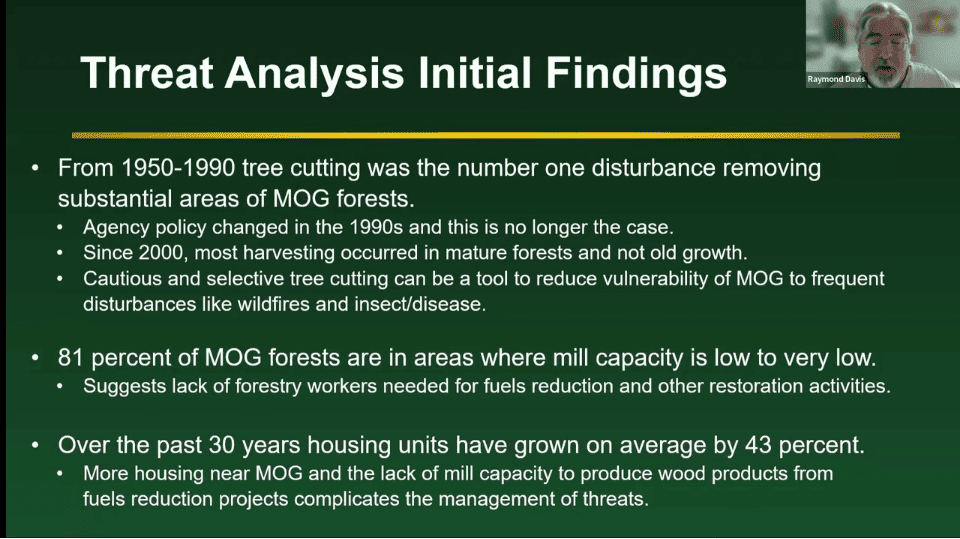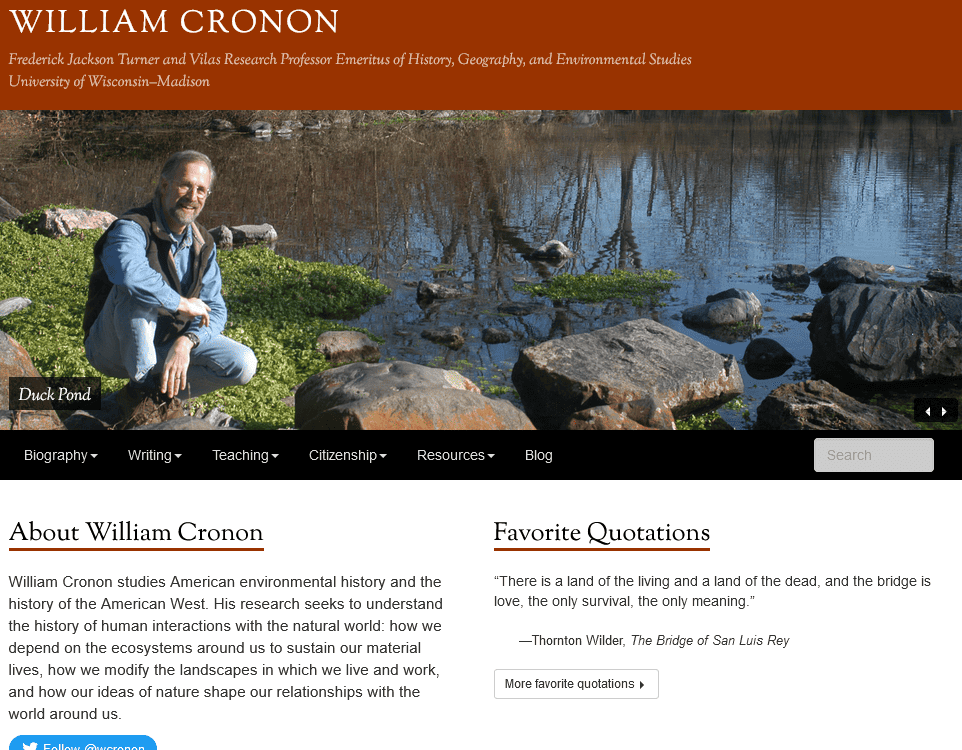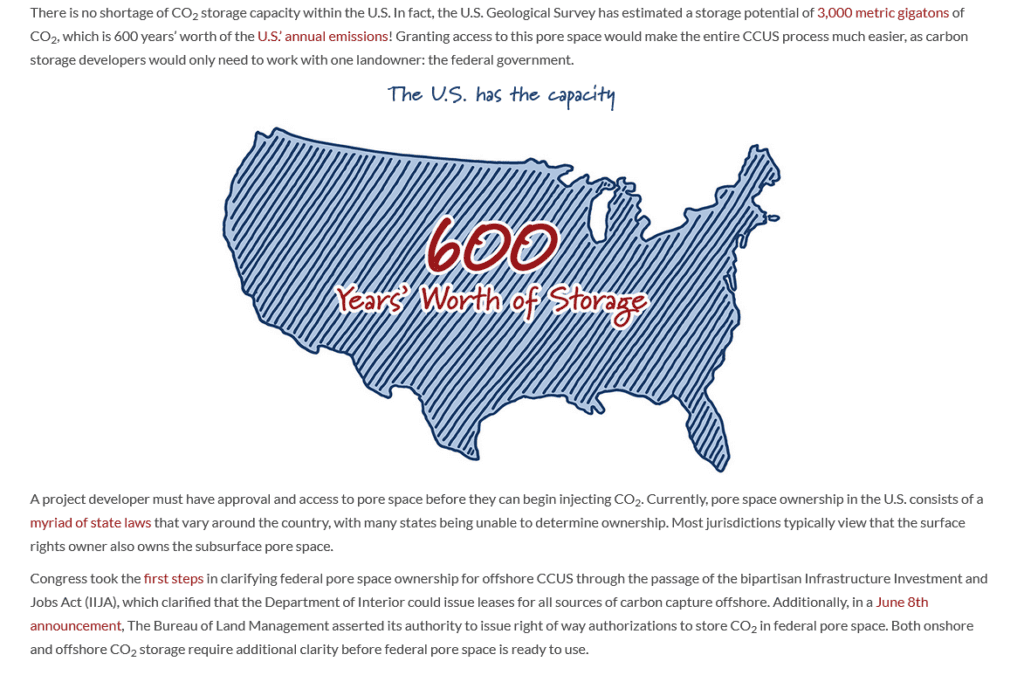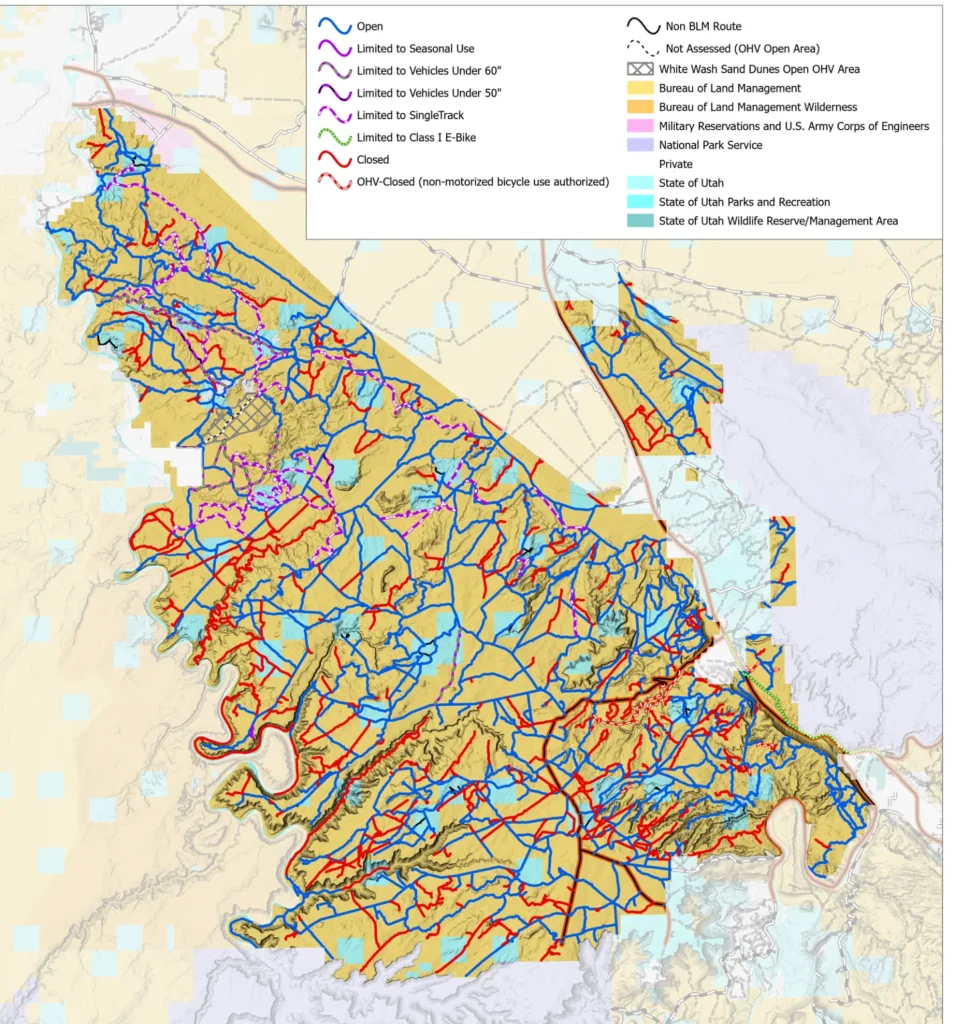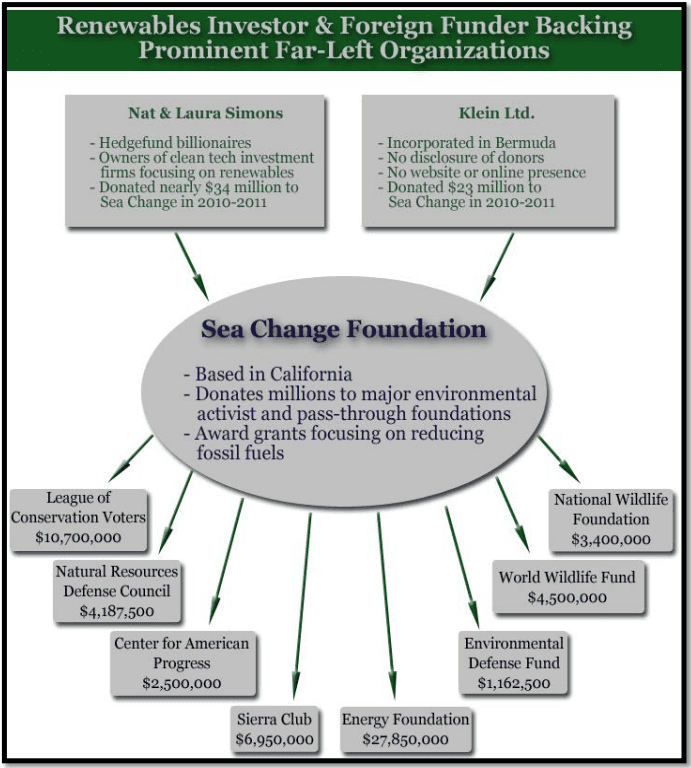
FOREST SERVICE
New lawsuit: Wilderness Watch v. U. S. Forest Service (D. Mont.)
On November 8, Wilderness Watch filed a complaint against the Buffalo Creek Project in the Absaroka-Beartooth Wilderness Area on the Custer Gallatin National Forest. The Project would use helicopters to supply rotenone to poison non-native rainbow trout in over 40 miles of stream, and introduce Yellowstone cutthroat trout. Yellowstone cutthroat trout were not naturally found in this stream reach, but removing rainbow trout would benefit native Yellowstone cutthroat downstream in Yellowstone National Park. Plaintiffs allege violations of the Wilderness Act. (The article includes a link to the complaint.)
Court decision in Central Oregon Wild Horse Coalition v. Vilsack (D. Oregon)
On November 14, the district court adopted a magistrate judge’s findings and agreed that the Ochoco National Forest did not violate the National Environmental Policy Act or the Wild Free-Roaming Horses and Burros Act by approving a forest plan amendment for the Big Summit Wild Horse Territory that would reduce its current wild horse population by more than half. (The article includes a link to the opinion.)
BLM
Court decision in Powder River Basin Resource Council v. U. S. Dept. of Interior (D. D.C.)
On November 6, the district court denied a preliminary injunction sought against the Converse County Oil & Gas Project in Wyoming’s Powder River Basin, comprised of 407 separate applications for permits to drill, and a land-use-plan amendment to the Casper RMP. The court determined that plaintiffs did not have standing to bring claims against the APDs, “because they have not alleged an affected area for any of the APDs they challenge, and therefore have not alleged that any of their members use the affected areas such that enjoining the APDs would provide the relief they seek.” That the APDs “collectively contribute to a vast affected area which can be gleaned from Defendants’ environmental analysis in their final EIS” was insufficient to establish standing.
However – plaintiffs did have standing to make NEPA claims against the plan amendment and its EIS because they had established use of the larger “project area.” The court found a low likelihood of success or irreparable harm and did not issue an injunction. (One of the factors in the harm analysis was plaintiff’s delay in bringing the lawsuit, in part because they “lacked the financial and human capital” to do so for two years.)
This is the second recent case by this judge where standing was denied for failure to establish effects on plaintiffs from specific locations (see the New Mexico and Wyoming drilling case here). (Judge Chutkan is also the judge presiding over the January 6 case against former president Trump.)
New lawsuit: Willamette Riverkeeper v. Teitzel (D. Oregon)
On November 7, Willamette Riverkeeper, Cascadia Wildlands and Oregon Wild filed a lawsuit against the Bureau of Land Management over the agency’s authorization of the Big League Project in the Calapooia and Mohawk River Watersheds. The Project includes over 1000 acres of timber harvest, and was based on an EA. Issues include impacts on endangered salmon, recently burned forest, spotted owl habitat and carbon storage in older forests. (This article has a link to the complaint.)
Court decision in Sovereign Inupiat for a Living Arctic v. Bureau of Land Management (D. Alaska)
On November 9, the district court dismissed two challenges against ConocoPhillips’ Willow project within the National Petroleum Reserve-Alaska, saying plaintiffs failed to show that the federal government made significant mistakes when it approved the project. This lawsuit followed a successful challenge in 2020 to block the project after the Trump administration approved it. After that suit, federal agencies involved in the approval process revised their analysis, and in March the Biden administration approved a project slightly smaller than the one approved by Trump. The main issues involved greenhouse gases, and the judge found, “there is a limited scientific capability in assessing, detecting, or measuring the relationship between a certain GHG emission source and localized climate impacts in a given region.” (The article includes a link to the opinion.)
Court decision
The Nevada federal district court has dismissed claims by three local Native American tribes against the Thacker Pass lithium mine on BLM lands. The plaintiffs had argued that the BLM had failed to consult with the tribes. The court agreed with the government’s argument that the consultation is ongoing and therefore not ripe for legal challenge (despite the fact that construction of the mine is also ongoing). An earlier district court decision is currently on appeal to the 9th Circuit. (Some of our earlier discussion of this project is here.)
Criminal conviction
The Nevada federal district court sentenced a Nevada man to six months in prison to be followed by one year of supervised release and $7,303.05 in restitution for damaging and removing part of a centuries-old petroglyph at Gold Butte National Monument in southeastern Nevada, a felony violation of the Archaeological Resources Protection Act.
New lawsuit
A second lawsuit has been filed regarding the management of the Stone Cabin herd of wild horses on BLM and national forest land east of Tonopah, Nevada. In October, a rancher sued the BLM because they weren’t moving fast enough to round up horses on land where he has permits to graze cattle. Wild Horse Education has now challenged BLM’s 10-year horse gather decision for the herd based on an EA. They allege it ignores a 1983 Herd Management Area Plan, and seek to stop any further roundups. They say the BLM “will often jump into a settlement with a permittee without hesitation.”
Court decision/settlement in Conserve Southwest Utah v. U. S. Dept. of the Interior (D. D.C.)
On November 17, the district court agreed to the BLM and Fish and Wildlife Service’s request to remand the BLM’s grant of a right-of-way to the Utah Department of Transportation for construction of a new four-lane highway through the Red Cliffs National Conservation Area in southwest Utah, a critical habitat for the Mojave Desert tortoise. The Utah Department of Transportation and Washington County, Utah (intervenors) had opposed the settlement, and the court did not vacate the right-of-way. This press release includes links to the opinion and the announcement of the review by the agencies.
OTHER
On November 7, the U.S. Fish and Wildlife Service finalized the designation of an experimental population of gray wolves in Colorado under section 10(j) of the Endangered Species Act. This was in response to a statewide voter-led initiative passed in November 2020, which we discussed here. The designation provides greater management flexibility.
New lawsuit: Mountain Valley Pipeline v. Daniel Guidry and Ashley Stecher Wagner (W.D. Virginia)
On November 8, the developers of the Mountain Valley Pipeline sued two protesters it says blocked construction by illegally attaching themselves to the land and construction equipment being used to build a segment of the pipeline in the Jefferson National Forest last month. The developer is asking for undisclosed compensatory and punitive damages, and an injunction barring Guidry and Wagner from entering the construction area, blocking access to it or helping others interfere with construction. (The article includes a link to the complaint.)
New lawsuit: Center for Biological Diversity v. U. S. Office of Surface Mining and Enforcement (D. D.C.)
On November 8, CBD and Appalachian Voices alleged that the Office and the Fish and Wildlife Service are violating the Endangered Species Act by allowing continued harm from coal mining to the endangered Guyandotte River crawfish, threatened Big Sandy crawfish, and the endangered candy darter (a fish). The species are found in West Virginia, Virginia and/or Kentucky. The claims revolve around a 2020 Biological Opinion addressing permits to mine private land pursuant to the Surface Mining Control and Reclamation Act. Coal mining facilities can impact species up to 12 miles downstream. (The article includes a link to the complaint.)
New lawsuit: Environmental Protection Information Center v. U. S. Fish and Wildlife Service
On November 9, plaintiffs targeted a September 2020 incidental take permit issued to Sierra Pacific Industries for its plans to conduct logging operations on more than 1.5 million acres of Northern California over a 50-year period. The permit would allow death from logging activity of 115 northern spotted owls and 649 California spotted owls. Plaintiffs argue that additional protection is needed due to climate change. More in this article.
New lawsuit
The Pacific Coast Federation of Fishermen’s Associations and the Institute for Fisheries Resources filed a lawsuit against 13 tire manufacturers in U.S. District Court in San Francisco alleging that toxic concentrations of 6PPD-quinone, a chemical that extends the life of tires, is killing coho salmon, Chinook salmon, steelhead trout and other wildlife. They allege that ESA requires an incidental take permit before allowing such harm to these listed species.
Court decision in California Construction and Industrial Materials Association v. County of Ventura (California Court of Appeal)
On November 13, the California Court of Appeals, upheld a set of land use ordinances to protect creeks, rivers, and other pathways used by wildlife to travel between key habitat areas including the Los Padres National Forest.

